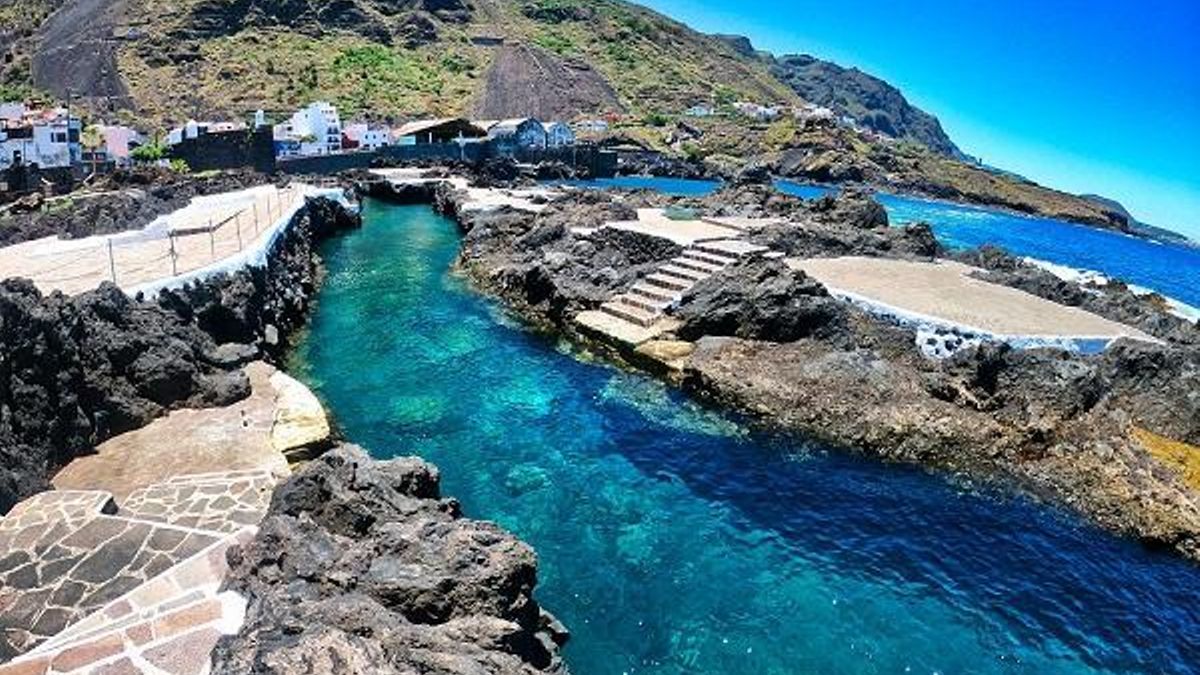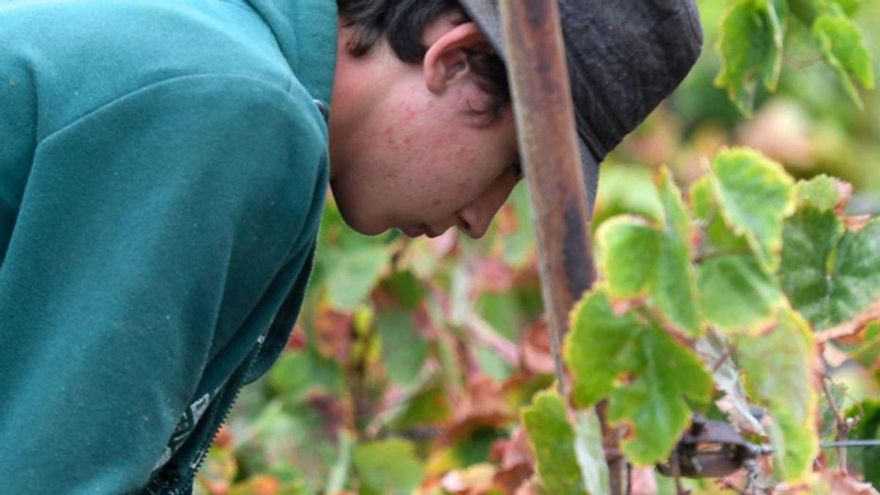
The impact has been greater on birds (up to 50%), while it has been low among plants and non-existent in mosses and lichens.
SANTA CRUZ DE TENERIFE, 3 (EUROPA PRESS)
An international research study led by José María Fernández-Palacios, Professor of Ecology at the University of La Laguna (ULL), reveals that half of the extinctions of Macaronesian endemic species were caused by human activity.
The scientists conducted the first synthesis of all documented extinctions of terrestrial endemic species in the Azores, Madeira, the Savage Islands, the Canary Islands, and Cape Verde, compiling information on the original distribution of the species, as well as when and why they became extinct.
The study, published in the journal PNAS Nexus, has identified 220 records of extinction, with the highest numbers observed among land snails, arthropods, birds, and reptiles.
Only a few extinctions were recorded among plants, and none in fungi or lichens.
Half of the losses of endemic species have extinction timelines that coincide with human occupation of the islands, providing a minimum estimate of the number of extinction events that can be attributed, directly or indirectly, to human activities, according to a statement from ULL.
The article also involved collaborations from other researchers from La Laguna, Oxford, and the Spanish National Research Council.
The work conducted a thorough review of existing literature, enabling the creation of the first list of known extinct terrestrial endemic species for the Macaronesian biogeographical region across the following taxonomic groups: arthropods, molluscs, bryophytes, fungi, lichens, vascular plants, birds, reptiles, and mammals.
Additionally, it includes information about the original distribution of the disappeared species, their extinction timelines, and probable causes, as outlined by the authors of the original works.
This review identified 220 extinctions of terrestrial endemic species in Macaronesia, with molluscs accounting for the largest fraction (111 species), followed by arthropods (55), birds (27), and reptiles (15).
Proportionally, the impact has been greatest on birds, representing a loss of 50% of known endemic species, followed by mammals (43%) and reptiles (28%).
However, very few extinctions have been recorded among bryophytes or vascular plants, and none among lichens and fungi.
These low records likely indicate the difficulty these groups have in leaving behind fossil remains, rather than implying they have not been impacted in a manner similar to other groups, the researchers explain.
CANARY ISLANDS, THE MOST AFFECTED ARCHIPELAGO
The Canary Islands, with 86 extinct species, are the most affected archipelago, followed by Cape Verde and Madeira, with 58 and 57 extinctions respectively, and the Azores with 19.
Of the 86 recorded in the Canary Islands, 67 (78%) occurred before human arrival, primarily involving land snails.
A similar situation occurs in Madeira, where up to 40 species (69%), almost all of which are land snails, disappeared before humans arrived.
However, the pattern in peripheral Macaronesian archipelagos differs, with a larger proportion of their extinctions linked to human activity, reaching 95% in Cape Verde and 100% in the Azores.
Exactly half of the recorded extinctions, including virtually all of those of vertebrates, as well as arthropods and vascular plants, have timelines that coincide with human occupation of the islands. This suggests the impact humans and the species they introduced had on a pristine nature during their arrival.
On the other hand, extinctions with timelines predating human arrival, and therefore not attributable to them, were mainly caused by climatic factors, such as those related to Pleistocene glacial cycles.
Far from being an exception, the pattern and causes of endemic species extinctions observed in Macaronesia perfectly reflect what is known to have occurred in similar volcanic archipelagos, such as Hawaii, the Galápagos, or the Mascarenes, highlighting how humans abruptly transform the existing wilderness that evolved in isolation for millions of years with their arrival on the islands.














